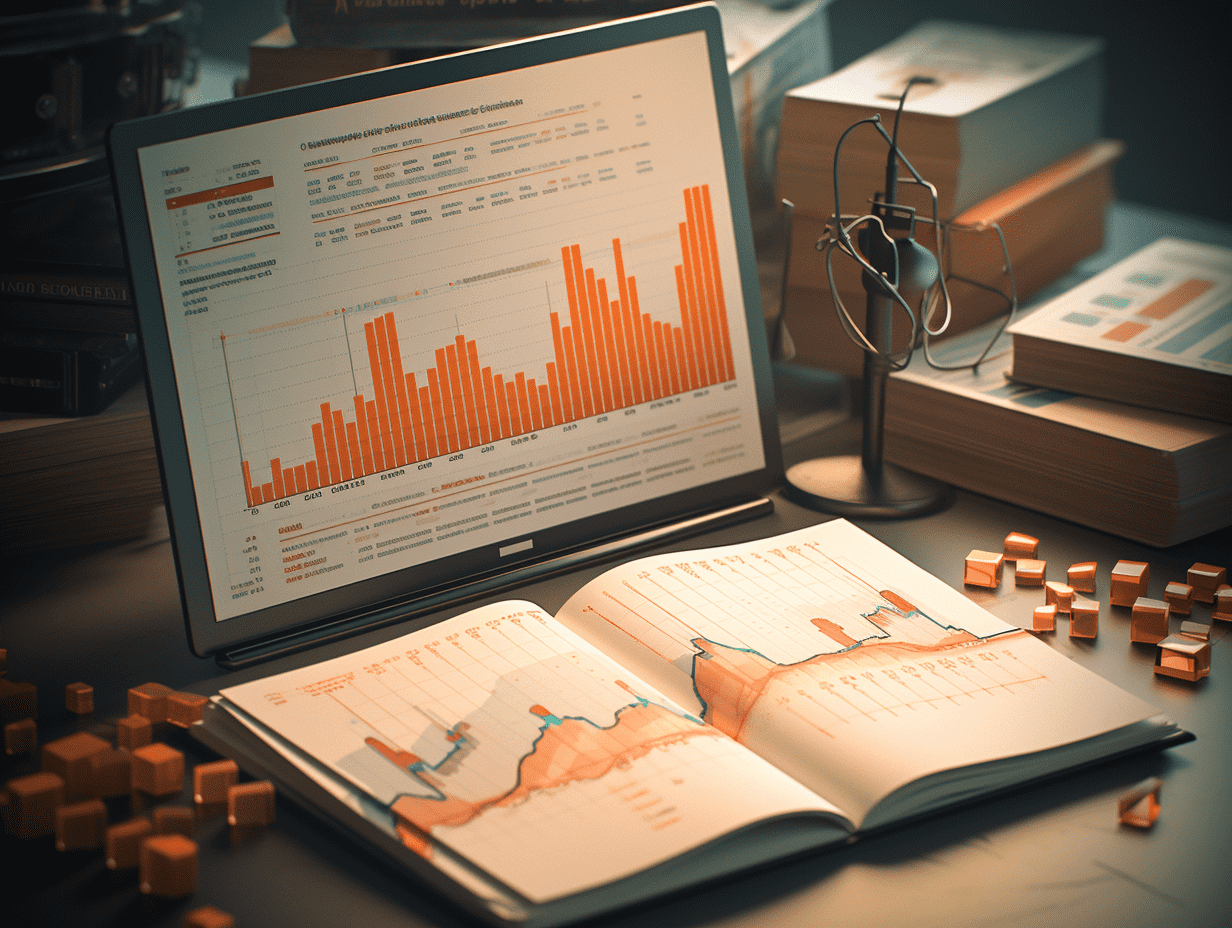CITIC SEC: High temperatures and demand recovery resonate, electricity consumption in July exceeds one trillion.
Recommended configuration of long-term assets such as water, electricity, and nuclear power, operating with stability and still possessing potential for valuation expansion; H-share leading companies in thermal power with both performance elasticity and low valuation; green electricity companies with deep net discount already factored in acceptance pressure; benefiting from the increasingly integrated new scenarios and models of digitization and new power systems, such as virtual power plants, microgrids, integrated energy services, power forecasting, etc.
CITIC SEC released a research report stating that, driven by high temperatures and demand recovery, residential and tertiary sector electricity consumption in July increased by 18.0%/10.7% year-on-year, leading to an overall electricity consumption growth rate of 8.6%. The monthly electricity consumption exceeded one trillion kilowatt hours for the first time in history; following the end of the rush to install solar panels, installed capacity of solar energy significantly declined in July, falling below ten million kilowatt hours for the first time in recent years; investments in thermal and nuclear power sources continued to grow slightly from January to July; a dry spell in water resources in July led to weak hydropower output, while the utilization rate of solar energy improved month-on-month.
The key points are as follows:
High temperatures drive residential electricity demand, with a 8.6% year-on-year increase in total electricity consumption in July.
According to China Electricity Council data (same below), electricity consumption in July increased by 8.6% year-on-year, an increase of 3.2 percentage points compared to June's 5.4%. In terms of sectors, high temperatures led to a significant 18.0% year-on-year increase in electricity consumption in the residential sector in July; the electricity demand for the secondary sector rose to 4.7% in July, but the contribution to electricity growth dropped by 4.7 percentage points to 33.0% month-on-month; electricity demand in the four major energy-intensive industries remained flat. In terms of regions, the electricity consumption growth rate in high-energy consumption areas reached 10.4% in July, showing a remarkable performance; coastal regions saw a decline in electricity consumption growth to 6.0% year-on-year, mainly due to extreme weather affecting production.
After the rush to install solar panels, the cumulative growth rate of wind and solar installed capacity continues to decline, while investments in thermal power sources remain strong.
After the new energy rush to install panels gradually subsided, the cumulative growth rate of new energy installed capacity in July continued to decline significantly, with wind and solar power additions totaling 53.67/223.25 GW from January to July, an increase of 79.4%/80.7% year-on-year, a decrease of 19.5/26.4 percentage points compared to January to June. Due to the year-on-year decrease in solar energy investment, electricity investment from January to July was 428.8 billion yuan, a 3.4% increase year-on-year, a decrease of 2.5 percentage points compared to January to June; investment in electricity sources differentiated, with cumulative investment in thermal power sources increasing by 52.4% year-on-year, maintaining a high growth rate. Grid investment from January to July was 331.5 billion yuan, a 12.5% increase year-on-year, continuing the growth trend.
Hydropower output was weak in July, while the monthly utilization rate of solar energy improved month-on-month.
The average utilization hours of power generation equipment in July were 302 hours, down 7.9% year-on-year. Hydropower output was weak, with utilization hours decreasing by 12.6% to 395 hours year-on-year; thermal power benefited from a dry spell, with utilization hours increasing by 0.3% to 399 hours year-on-year; wind power utilization hours decreased by 10.1% to 142 hours year-on-year; CECEP Solar Energy's monthly utilization rate improved month-on-month, with utilization hours increasing by 3.5% to 118 hours year-on-year. In July, the utilization rate of domestic wind power was 97.0%, a decrease of 0.9 percentage points year-on-year; the utilization rate of domestic solar power was 96.4%, a decrease of 1.2 percentage points year-on-year; the wind-solar integration rate continued to decline year-on-year, but the month-on-month decline narrowed.
Risks:
Lower-than-expected electricity demand; substantial decline in market transaction electricity prices; significant increase in fuel costs; rising costs of wind and solar energy; increasing risks in new energy consumption; lower-than-expected water resources, etc.
Investment strategy:
Recommend investing in long-term assets such as hydropower and nuclear power, with stable operation and valuation potential for expansion; H-share leading thermal power companies with both performance elasticity and low valuation; in-depth undervalued green energy companies that have already factored in consumption pressure; benefit from the increasing digitalization and integration of new electricity systems, new scenarios, and new modes such as virtual power plants, microgrids, comprehensive energy services, power forecasting, etc.
Related Articles

New Stock News | Realtek Electronics submits application to Hong Kong Stock Exchange, becoming the world's third largest automotive wireless sensor SoC company.

Haitong Point Review of August 2025 US Non-Farm Data: Weak Non-Farm Solidifies Rate Cut Expectations

Industrial: Risk capital entering the market is fully dismantled.
New Stock News | Realtek Electronics submits application to Hong Kong Stock Exchange, becoming the world's third largest automotive wireless sensor SoC company.

Haitong Point Review of August 2025 US Non-Farm Data: Weak Non-Farm Solidifies Rate Cut Expectations

Industrial: Risk capital entering the market is fully dismantled.

RECOMMEND

“Land King Harvester” Greentown Sees Profits Plunge 90% to RMB 210 Million as “Survival Becomes Paramount”
04/09/2025

Fed’s Beige Book Reveals Multiple Economic Concerns: Slowing Hiring, Rising Prices, Cautious Consumers
04/09/2025

U.S. Tariff Receipts Soar Past $31 Billion in August, Setting New Monthly Record
04/09/2025


